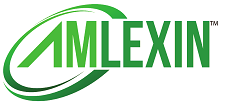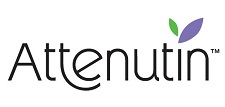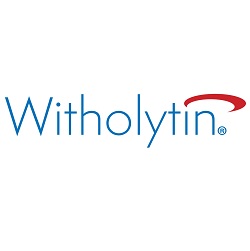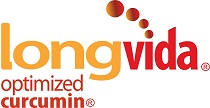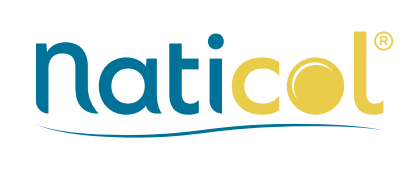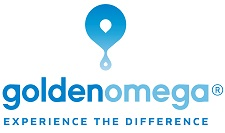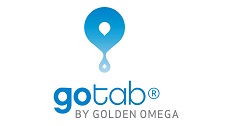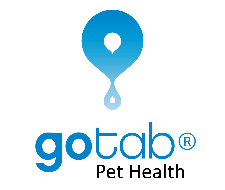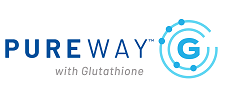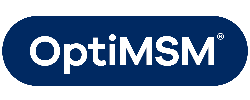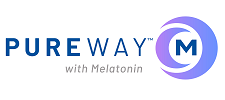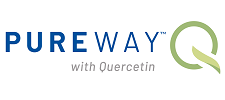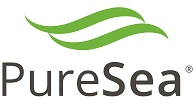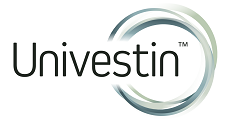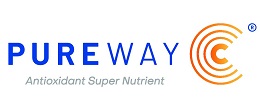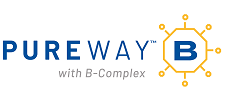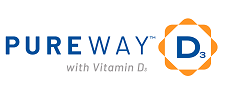Uncover the Benefits of PureWay™ G
- 26 February 2024
- Written by LEHVOSS Nutrition

PureWay™ G is a premium Glutathione produced with Liposomal technology for improved delivery and absorption. Glutathione levels in the body may be reduced by several factors, including poor nutrition, environmental toxins, stress and aging. Therefore, having a liposomal form like PureWay™-G (Glutathione), with superior absorption and easier recognition by the body is a great advantage.
Research suggests that Glutathione may play a role in supporting the immune system1, mitigating oxidative stress2, and helping with cell repair. Its antioxidant properties are recognised for shielding the body against free radical-induced damage, thus promoting cellular health and repair3.
Given the significant variation in liposomal products across the industry it is important to prioritise high-quality and effective liposomal ingredients. PureWay™ G sets itself apart by utilising genuine liposomal technology (Liposomax™) instead of emulsions. This proprietary process involves all-natural methods without the use of alcohols or solvents and sunflower lecithin.
The PureWay™ range includes PureWay-C®, PureWay™ Vitamin B Complex, PureWay™ Vitamin D3, PureWay™ Melatonin, PureWay™ Multi Vitamin and PureWay™ Quercetin. Contact us for more information or book a meeting with the team at our Vitafoods 2024 Stand (D80).
References
(1) Pietro Ghezzi, Role of glutathione in immunity and inflammation in the lung, PubMed Central, Int J Gen Med. 2011; 4: 105–113. Published online 2011 Jan 25. doi: 10.2147/IJGM.S15618
(2) Da Hye Kwon et al, Protective Effect of Glutathione against Oxidative Stress-induced Cytotoxicity in RAW 264.7 Macrophages through Activating the Nuclear Factor Erythroid 2-Related Factor2/Heme Oxygenase-1 Pathway, PubMed, Antioxidants (Basel). 2019 Apr; 8(4): 82, Published online 2019 Apr 1. doi: 10.3390/antiox8040082.
(3) Anupam Chatterjee, Reduced Glutathione: A Radioprotector or a Modulator of DNA-Repair Activity?, PubMed Central, Nutrients. 2013 Feb; 5(2): 525–542. Published online 2013 Feb 7. doi: 10.3390/nu5020525



 Come and see us at STAND D80 in our new position located on the lower floor between the main...
Come and see us at STAND D80 in our new position located on the lower floor between the main...  Today, consumers recognise that a healthy skin routine goes beyond using a good cream: keeping...
Today, consumers recognise that a healthy skin routine goes beyond using a good cream: keeping...  For over 20 years, sustainability, traceability, and transparency have driven Verdure Sciences®...
For over 20 years, sustainability, traceability, and transparency have driven Verdure Sciences®...  Our
Our  Despite concerns about the fish oil shortage over the past two years,
Despite concerns about the fish oil shortage over the past two years, 